
Free ebooks about rendering for Interior Design and architecture with Mental Ray
For architectural visualization artists starting to work with Ray Tracing renderer such as Yafaray, LuxRender, V-Ray and Mental Ray it's quite important to understand the basics behind of these softwares. In my classes I always recommend a few tutorials, articles and ebooks to help on the documentation of process like Global Illumination and Illumination. At the beginning of this year I found a great set of ebooks about rendering with Mental Ray, created by Jennifer O'Connor from the Collage of Lake County.
It's a set of two ebooks explaining how Mental Ray works and how to create realistic illumination for architectural visualization and interior design. If you want to download book ebooks, visit this link. Of course, both ebooks deals with Mental Ray using 3ds Max as the base software for modeling and setup. But, does it worth the download for architectural visualization artists using Blender 3D.
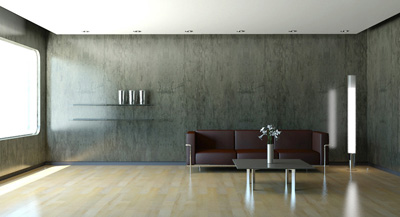
Let me just say that we shouldn't be limited to read and study only materials related to Blender 3D and compatible external renderer. For instance, at those ebooks I found one of the best explanations about Final Gathering. At the beginning of this year I used both ebooks to organize a class I gave about architectural visualization with 3ds Max and mental Ray, and it worked out pretty well.
The first ebook, called Mental Ray 101, teaches the basics of how Mental Ray works and how to choose presets to speed up the rendering process. This ebook mention a few things about global illumination but it's not directly related to architectural visualization. At the second ebooks called Mental Ray 102, we will find explanations about how to setup the parameters of the renderer to achieve realism in the rendering, and light sources placement.
There are explanations about:
- Physical skies
- Daylight simulations
- Photometric lights
- Exposure control for daylight simulations
Even if you never used Mental Ray, or don't have any plans to use it in the future. The ebook is a great resource to learn a few key aspects of how advanced ray tracing renderers works. If you don't remember, a lot of those parameters and tools are available in YafaRay and LuxRender.

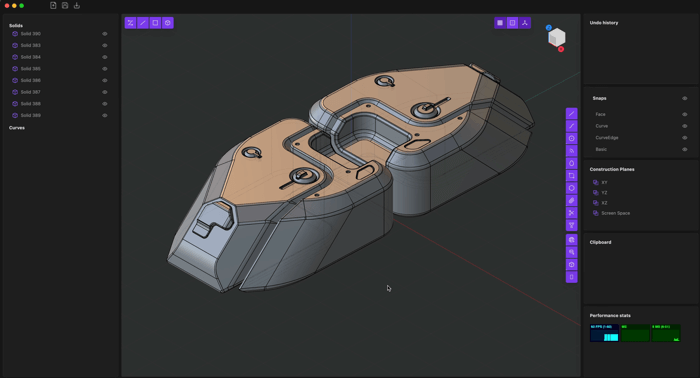
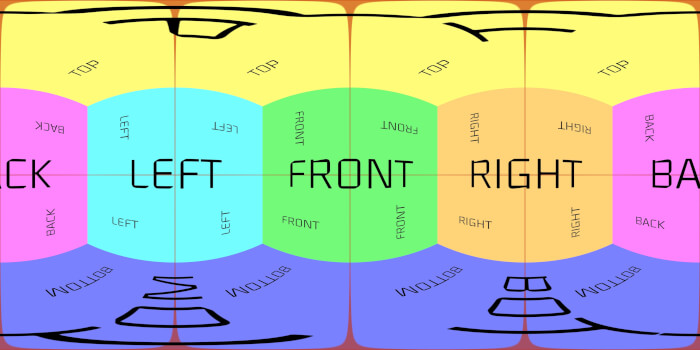
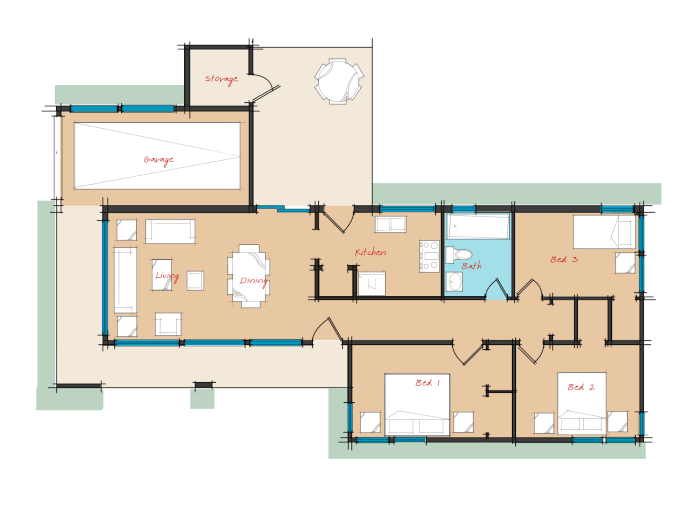
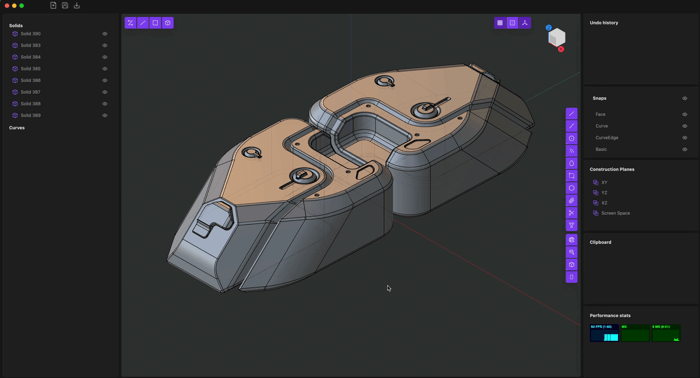

I found some free ebooks with decorating ideas at http://www.zbooc.com two ebooks were particularly helpful for decorating the kids rooms on a budget.
Thanks for the tip Laura.
Please Send this Ebook. thanks
good